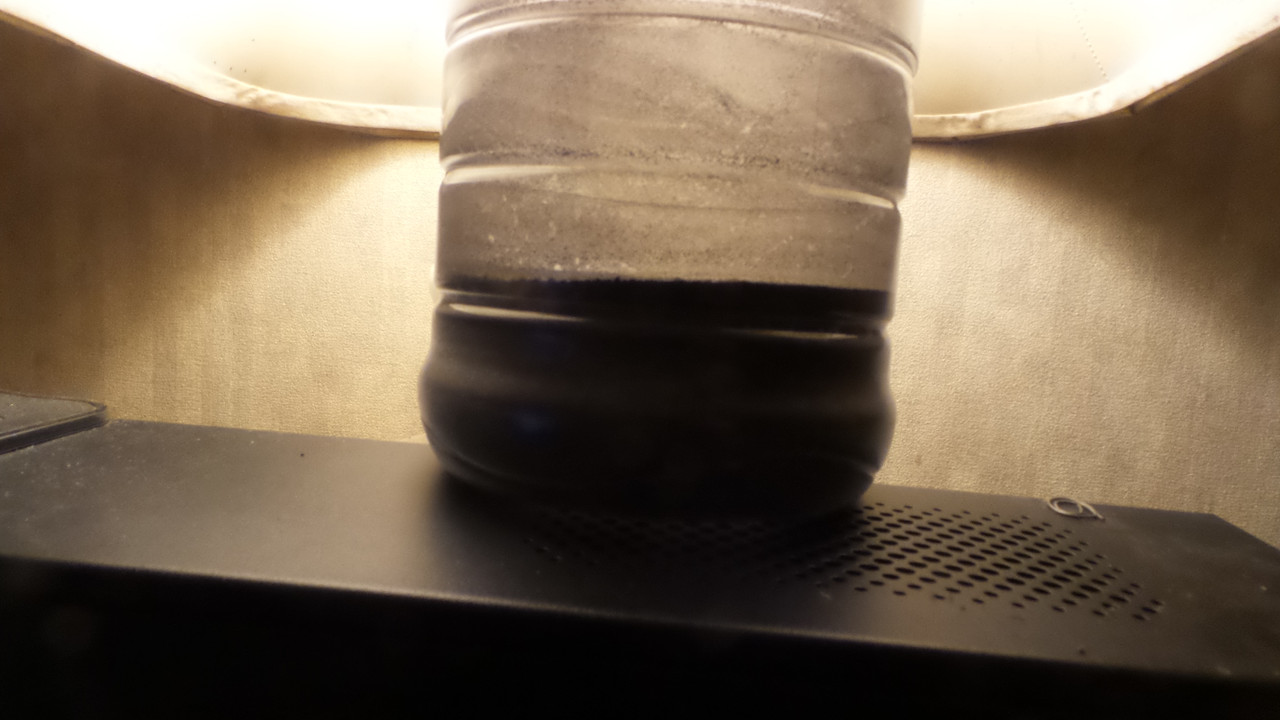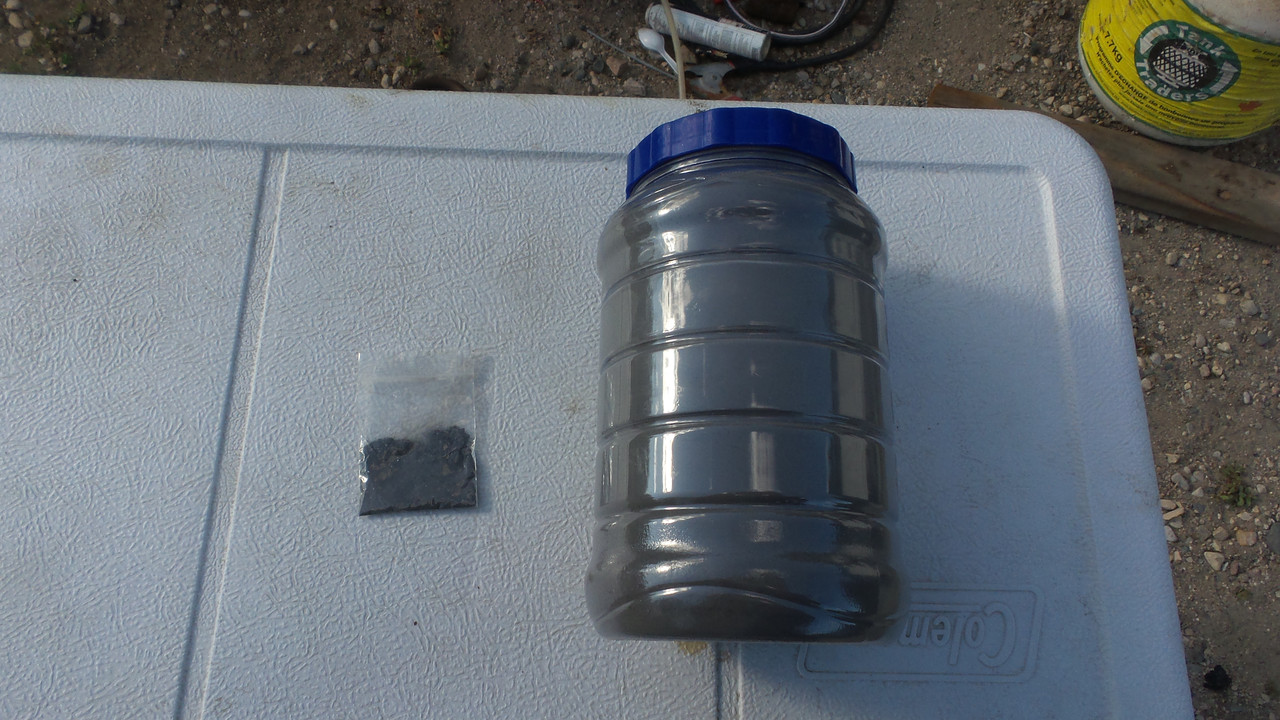I have a few potters living nearby who have asked me to make oxides from metals to be used in glazes, the oxides produce a beautiful iridescence. This type of pottery is referred to as Lusterware.
The piece shown below is glazed in platinum.
https://www.technology.matthey.com/article/3/2/60-65/
The Original Lustre Process
Means of producing lustre effects—a metallic or nacreous iridescence—on ceramics were known in the Near East before a.d. 900 (2).
Egyptian and Syrian potters soon mastered the technique, which spread thence to Persia and to Moorish Spain, where the magnificent large dishes of Valencia were produced before a.d. 1400.
Italians imported the Spanish wares via Majorca—whence their term Majolica—and by the beginning of the sixteenth century were themselves masters of the art of madreperla or giltwork, as they also called it (1). No later products have equalled the beautiful yellow lustres, produced from a silver stain, of Deruta or the coppery reds of Gubbio (3).
An early nineteenth-century English coffee pot, now in the Victoria and Albert Museum, showing the use of silver lustre (bright platinum) on earthenware as an inexpensive substitute for silver

















Bookmarks